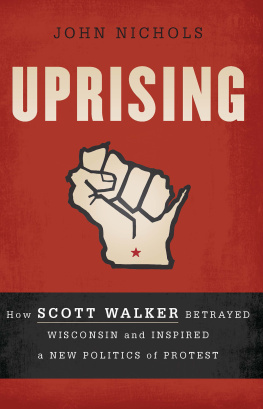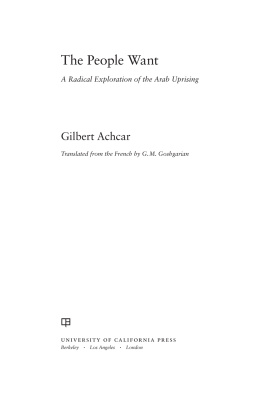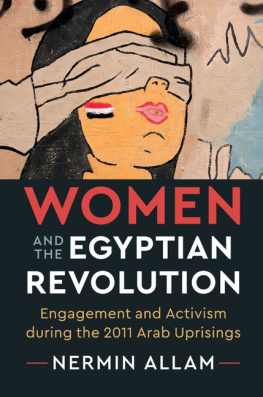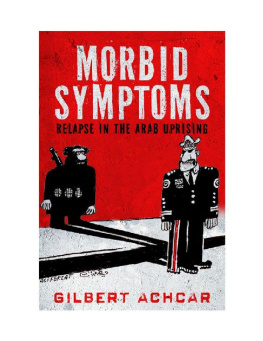Contents
Guide
Syria After the Uprisings
Syria After the Uprisings
The Political Economy of State Resilience
Joseph Daher

2019 Joseph Daher
First published in 2019 by Pluto Press in London.
This edition published by
Haymarket Books
P.O. Box 180165
Chicago, IL 60618
773-583-7884
www.haymarketbooks.org
info@haymarketbooks.org
Distributed to the trade in the US through Consortium Book Sales and Distribution (www.cbsd.com) and internationally through Ingram Publisher Services International (www.ingramcontent.com).
This book was published with the generous support of Lannan Foundation and Wallace Action Fund.
Special discounts are available for bulk purchases by organizations and institutions. Please call 773-583-7884 or email info@haymarketbooks.org for more information.
Cover design by Melanie Patrick.
ISBN 978-1-64259-147-7
Library of Congress Cataloging-in-Publication data is available.
Contents
Acknowledgements
I am very much indebted in the writing of this thesis to my family (my parents, my brother and my wife) for their support and love through these past years. I would like to thank especially my mother Juliet and my wife Paola, who supported and encouraged me constantly in my work. I would also like to mention and thank my daughters Yara and Tamara who without knowing it calmed me down in times of stress by their presence and lovely smiles.
I finally would like to dedicate this book to my father Nicolas, who passed away in September 2014, with all my love and gratitude. He always has been a true inspiration for me and continues to be in my daily life. His great humanism, large heart, generosity, courage, honesty, humour, knowledge, etc have very much influenced me in my various activities and works.
By dedicating this book to him, I cannot but also dedicate this book to the people of Syria, from where our family originally comes. They have suffered enormously since the beginning of the revolutionary process in March 2011, from massive destruction and displacements and grave human rights violations. My deep thoughts are with them and also with all those activists that have struggled for a democratic, social and inclusive Syria.
Introduction
Syria has been at the center of world news since March 2011, following the beginning of a popular uprising in the country and its violent repression. The Syrian civil war evolved increasingly over the years into a war involving multiple local, regional, and international actors. The majority of observers and scholars have analyzed the Syrian conflagration through a geopolitical lens or in sectarian terms, equating religious communities with political positions and in both viewpoints ignoring the political and socioeconomic dynamics at the root of the conflict.
This book views the origins and developments of the Syrian uprising that began in March 2011 as a part of wider popular uprisings in the Middle East and North Africa (MENA). These events and processes are the result of the confluence and mutual reinforcement of various sites of dissatisfaction, struggle, and popular mobilization. These battles are intertwined and have enabled different sectors of these societies to join forces in rebelling against authoritarian and corrupt regimes, which are deemed responsible for the continual deepening of the social crisis.
Although the war is not finished and some territories were still outside the domination of the regime at the beginning of 2019, the regimes survival and maintenance was nearly achieved, despite being significantly weakened and having important internal contradictions. This book aims to look at the reasons and roots of the resilience of the Bashar al-Assad regime.
What is the nature of the regime built by the Assad family? Who were the actors involved in the uprising, and how did they organize themselves? How did the regime react to repress the protest movement? Was the opposition able to present a credible alternative to the regime? What was the role of Islamic fundamentalist and jihadist movements? How did regional and international interventions influence the uprising in Syria? What were the reasons behind the development of a peaceful uprising into an armed civil war with regional and international components? We start this analysis from the internal dynamics specific to Syria and put them into a comprehensive framework, which includes regional trends and international issues. These questions are intrinsically linked.
Activists from Syria have also asked themselves these questions. In a 2015 study led by the nongovernmental organization (NGO) Dawlaty that included 139 nonviolent activists, one of the several factors that led to the creation of gaps within the non-violent movement, which opened the door for militarization and increased suspicion of the movement by some parts of Syrian society was notably the fact that
activists suffered from the impression that the Syrian regime would fall quickly, just like Mubaraks in Egypt and Bin Alis in Tunisia When the regime showed that it was not going anywhere anytime soon, the problem of flight, withdrawal, and resorting to militarization emerged. The Libyan revolution, with its international intervention, became an attractive model for some... (Dawlaty 2015: 18)
We will see that the challenges faced by the initial large and inclusive protest movement in Syria had the capacity from the outset to provide an alternative to the Assad regime. We will also analyze the reactions and adaptations of the Syrian regime in order to repress the popular movement.
To analyze the resilience of the regime, I will address first the nature of the uprising in depth, taking into account its main economic, social, and political characteristics in a local and international arena and on a longue dure perspective. We examine the origins and key developments of these events by attempting to reconstruct the stages of their development. This will be done in connection with an analysis of societal changes that influenced Syrias core classes, ethnic and religious minorities, and various groups with diverse interests, without neglecting the regional and international political arena. This study is inspired by a historical, materialist approach that begins by studying Syrian society and its transformations in order to analyze and explain events. In doing so, it will also consider external factors that favored the outbreak of protests, such as the overthrow of Tunisian and Egyptian dictators. This approach will take into consideration the impact of various economic policieswhich have been implemented over decades, particularly since the 1960son economic and social spheres, as well as their impact on the Syrian class structure, as well as on the countrys multisectarian and multiethnic mosaic.
It is impossible to understand the Syrian uprising or the regimes reaction without a historical perspective and approach dating back to the seizure of power by Hafez al-Assad in 1970. We will analyze the regime established under Hafez al-Assad and its evolutions under his son Bashar al-Assad, who succeeded him in 2000.
Three key theoretical arguments are advanced in the following discussion. The first concerns the shifting terrain of class and state formation in Syria since the rise to power of Hafez al-Assadthe beginning of the era of economic openingand its relationship to the political practice of the state. While neoliberal policies led to an impoverishment of significant parts of Syrian society, they have also helped enrich a layer of the countrys business community from various religious sects, from or closely connected to the ruling elite. The political practice of the state became increasingly responsive to the concerns of this layer, to which it holds close social, political, and financial ties. This was reflected by its economic policies, as well as its repressive behavior and attitude toward opposition members and sections of the bourgeoisie not linked to the state.














